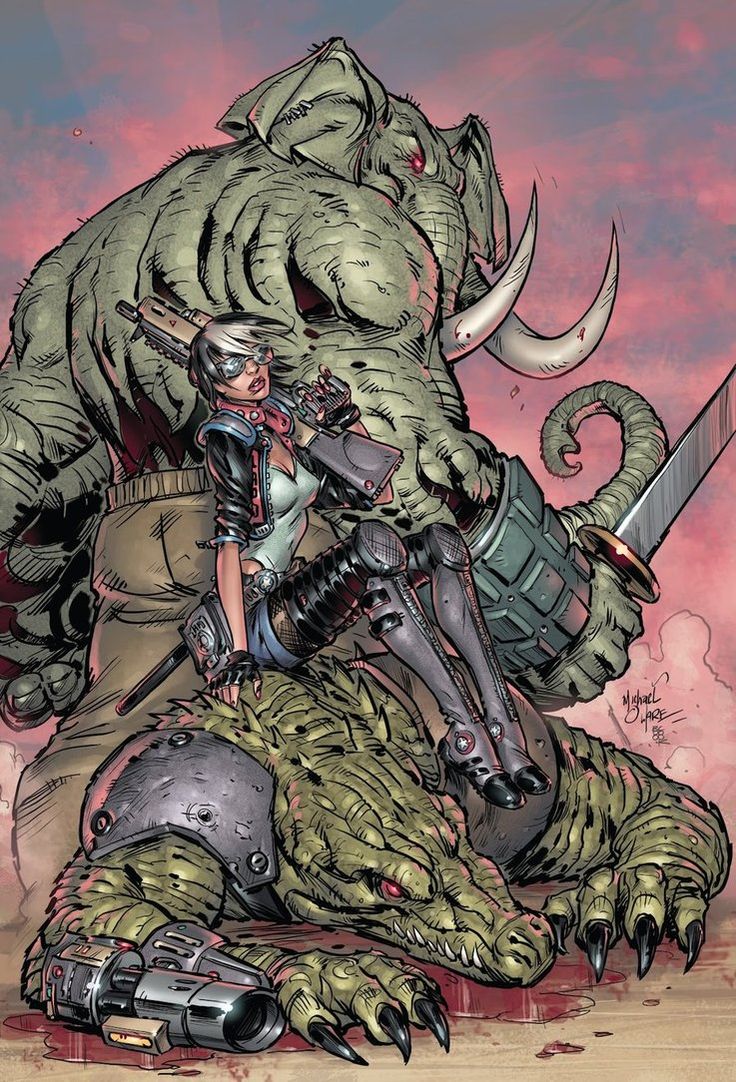When you’re a kid you are taught basic black and white rules of morality. Don’t steal, don’t lie and of course don’t kill. As you get older you start to understand that there are moral grey areas. Situations when these steadfast rules of right and wrong are called into question. When certain wrongs could be right. This can start an interesting debate about how best to react to a situation. What is the best moral stance?
Action movies often (if not always) throw these ethics out the window and hope that you, as viewer, are happy to just go along with the ride. You are given a protagonist who is thrown into a situation and must fight for their life or save someone. Simple.
Ok so let’s talk Die Hard. John McClane is trapped in a building with armed men, willing to kill to get what they want. They put him and others under threat. Throughout the film McClane responds with deadly force. In this situation we can accept that killing is inevitable and in this case acceptable, as it is his only way of survival.
In both Rambo First Blood (1982) and Terminator 2 (1991) we get a direct response to the need to kill. In First Blood Rambo uses brutal but non-lethal methods to take down the police. Rambo is highly skilled and able to use those skills to prevent the killing and lets the Sheriff know that it could have been different. This is a change from the book and makes Rambo a smarter and more dangerous character. The holding back displays a humanity that I think is missing from some actions heroes.
In Terminator 2 it is established that the T800 has detailed files on human anatomy to make it a more efficient killer. However, when given a directive that it should not kill it is able to do so, again using non-lethal (if sill crippling) force.
We can take from this that being skilled in killing means that the hero should be less likely to kill. They need to demonstrate a restrain and have an ability to disarm and stop an attacker, rather than just kill them. Going back to John McClane, we can see that being a New York cop in a desperate situation and not a skilled one-man army the killing is an act of survival rather than attack. Morally, McClane is in a different situation.
You then have the satire of the situation. Robocop is programmed to be a skilled one-man army machine. It is demonstrated in the film that he can disarm a perp without killing when the woman is held at gun point. He has pinpoint accuracy. Plus, he is mostly bullet proof, which reduces the threat level. So, when he walks into a dug den and starts wantonly killing everyone in sight I have ask whether this is satire or if Robocop is failing as a hero.
Taking this to the extreme we get to Batman or as Tim Burton would have us see him, Murderman. In the 1989 Batman film he blows up a chemical factory that we have just seen is manned by goons and quite possibly unwitting factory workers. Not to mention the fact that he has just released god know what into the environment to affect anyone living in the area around the factory. Later he opens fire on a parade with a level of accuracy that would make a Storm Trooper proud. Bullets and shrapnel flying everywhere. Don’t tell me people weren’t hurt after that! In Batman Returns (1992) he has taken it to the next level when he just drops sticks of dynamite down some baddies trousers. This is supposed to be the most skilled martial artist in the world yet he can’t resist a bit of killing.
Ok, I know that Batman is more fantasy but the principle stands. If John Rambo and the Terminator can take the moral high ground over you, you’re in trouble. Spiderman has it right, with great power comes great responsibility. If you are skilled killer, then you should be skilled enough not to kill. I really do think that falling back on just killing in action films is a fault of the writers. The best and most interesting heroes are not just machines they know that lives matter.
I’m not saying I want the cheesy white bread characters of the early 20th century. What I am saying is that we have moved past the killing and destruction without consequence of the 80’s and 90’s. In this day and age, it is more important than ever before for the heroes that are being presented to the world to be shown to consider their actions and the consequences they will have.





